Premium Only Content
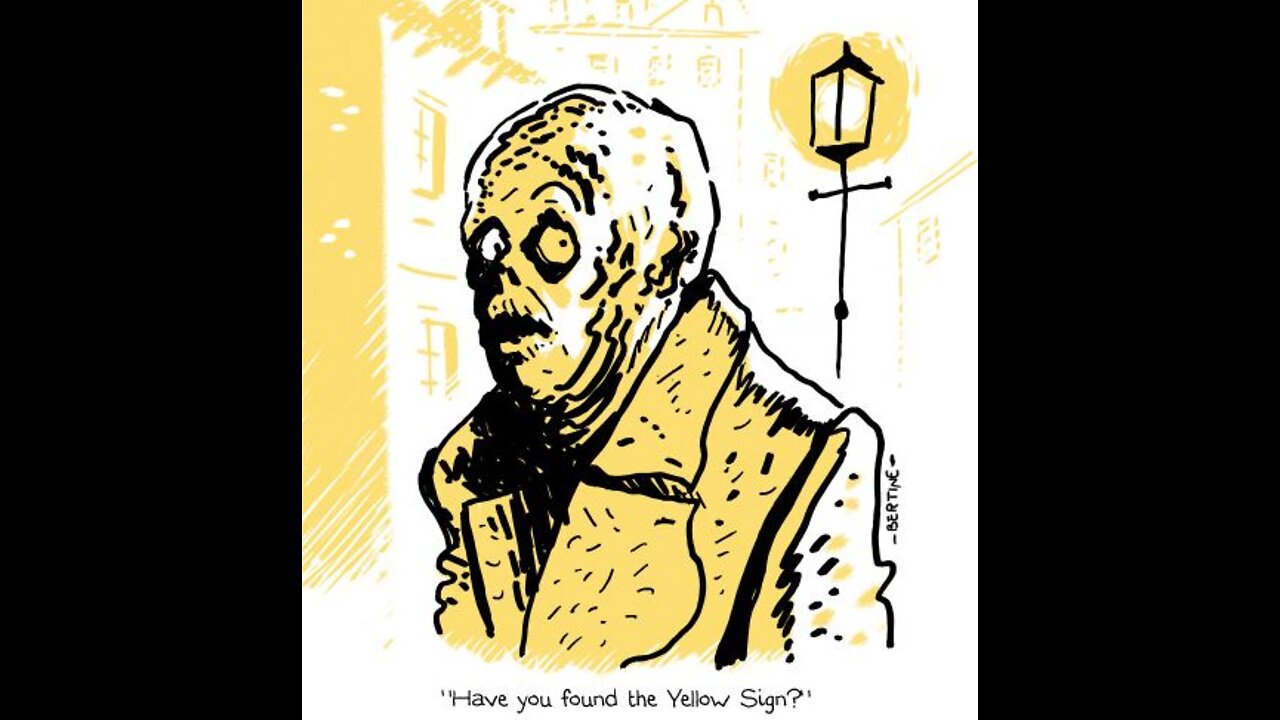
"The Yellow Sign" by Robert W. Chambers
This is just all the chapters put together into one upload. If you've been following along the whole time, there is nothing new to hear here.
----
"Let the red dawn surmise
What we shall do,
When this blue starlight dies
And all is through."
From a poem by Bliss Carman (1861-1929), not published in book form until 1902 in the collection "Songs of the Sea Children" (the poem is numbered XLVII). Carman later edited a collection of poetry that included Chambers's work.
----
0:00:00 Chapter 1
0:11:48 Chapter 2
0:36:05 Chapter 3
----
You can support me on Patreon! https://www.patreon.com/sststr
Historically, Welsh rarebit (which, in fact, contains no rabbit at all, but is a cheesey bread thing), for whatever reason, was believed to cause wild dreams.
Regarding Thomas the bellhop in chapter 2: on first reading, I had the expectation, for a bellhop in an apartment complex in New York City over a century ago, he should be a black man. But no, it turns out he's not. Then when I saw the 5th Royal Irish Lancers, I was all like sure, the Irish immigrants of that time would have mostly ended up in low end jobs like that, so fine. But no, then you get to the line about him being English and having a cockney accent. Woah, wut? I mean, sure, there are plenty enough Englishmen of lower socio-economic status, and there is the stereotype that those with cockney accents would be in that lower class, but still, it rather caught me by surprise. And for some reason, I just couldn't bring myself to do a proper cockney accent for the character. I kept wanting it to be a black man with the accent that would suggest. So instead now it's a weird combination which is neither properly black American nor English cockney. Ugh. Most especially, I couldn't figure out the right way to say "sir". How does a Cockney say "sir"? Hmmm... For all the WW2 movies I've watched in my life, you'd think I'd have some clue about it, but no, no idea.
And "shot by the wells"? What the heck is *that* supposed to mean? I have no idea. *boggle*
As to the 5th Lancers, they were really a thing, specifically the 5th Royal Irish Lancers (after WW1 they were integrated into the 16th The Queen's Lancers, so the 16th/5th Lancers, and then after 1993 they were joined with the 17th/21st Lancers to form the Queen's Royal Lancers in 1993, which then joined with the 9th/12th Royal Lancers in 2015 to form the current Royal Lancers).
The 5th Lancers, however, while they did serve in Egypt from 1884 to 1888, they were not in Egypt in 1882 when the battle of Tel-El-Kebir was fought. So a bit of history fail there on Chambers part. Curious, given how accurate he is in so many other details. Alternately, we could chalk it up to the character making the claim just being a liar.
(There *were* several units of Royal Irish designation present at that battle: the 2nd Battalion, Royal Irish Regiment, and the 1st Battalion, Royal Irish Fusiliers, but no 5th Royal Irish Lancers.)
Footnote from my text:
"Mash" is a synonym for "crush", as in an intense feeling of affection. The term first became popular in 1870 and is still in use in the term "mash note" (meaning a love letter).
Castaigne is a callback to the main character in "The Repairer of Reputations"
The pictures used are:
Chapter 1: a horse-drawn hearse in front of a funeral parlor in New York City roughly a hundred years ago.
Chapter 2: "The Yellow Sign" from Propnomicon, used here under the Creative Commons Attribution-NonCommercial-ShareAlike 3.0 Unported license (https://creativecommons.org/licenses/by-nc-sa/3.0/).
Chapter 3: The church watchman with a coffin-worm like appearance
To follow along: https://gutenberg.org/files/8492/8492-h/8492-h.htm#THE_YELLOW_SIGN
-
 1:57:05
1:57:05
The Quartering
6 hours agoElon Musk To BUY MSNBC & Give Joe Rogan A Spot, MrBeast Responds Finally To Allegations & Much More
84.4K62 -
 3:01:18
3:01:18
EXPBLESS
7 hours agoFirst Time Playing Extraction Shooters | *LIVE* Arena BreakOut | #RumbleTakeOver
64.8K7 -
 1:26:18
1:26:18
LumpyPotatoX2
6 hours agoArena Breakout: Infinite - #RumbleGaming
46.4K1 -
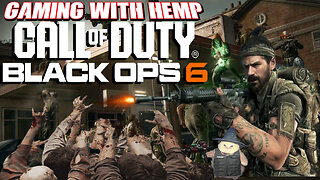 2:19:57
2:19:57
GamingWithHemp
7 hours agoCall of Duty BO6 Zombies episode #7
29.6K2 -
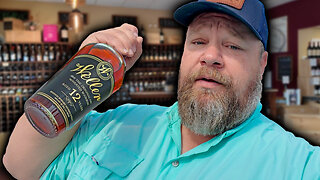 39:47
39:47
Brewzle
1 day agoPennsylvania Wouldn’t Let Me Film…So I Went Bourbon Hunting in NY
82.3K11 -
 10:12
10:12
Space Ice
1 day agoBallistic: Ecks vs Sever - Underrated Masterpiece Or Incoherent Mess?
54.3K12 -
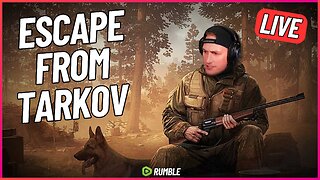 2:43:07
2:43:07
RG_GerkClan
9 hours agoLIVE: Lets Get to 500 FOLLOWS! - Escape From Tarkov - Gerk Clan
45.7K4 -
 6:42:02
6:42:02
Vigilant News Network
23 hours agoHillary Clinton EXPOSED In Another Massive Hoax | The Daily Dose
85.3K71 -
 1:00:17
1:00:17
Trumpet Daily
1 day ago $9.41 earnedRINOs Are Trump’s Biggest Enemy Now - Trumpet Daily | Nov. 22, 2024
26.6K44 -
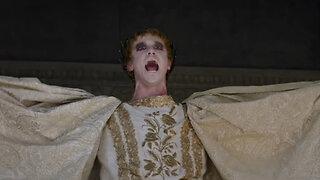 17:47
17:47
RealReaper
17 hours ago $1.17 earnedGladiator 2 Another Pointless Sequel
17.4K7